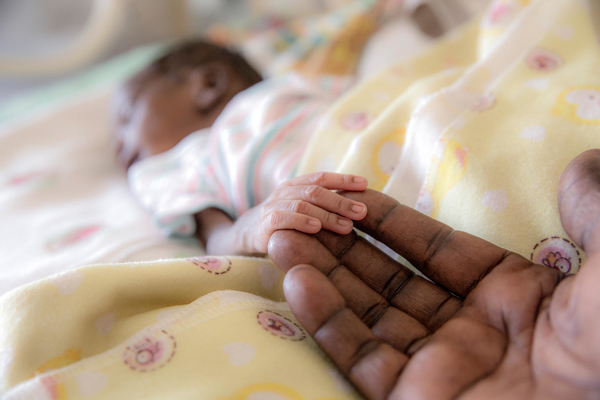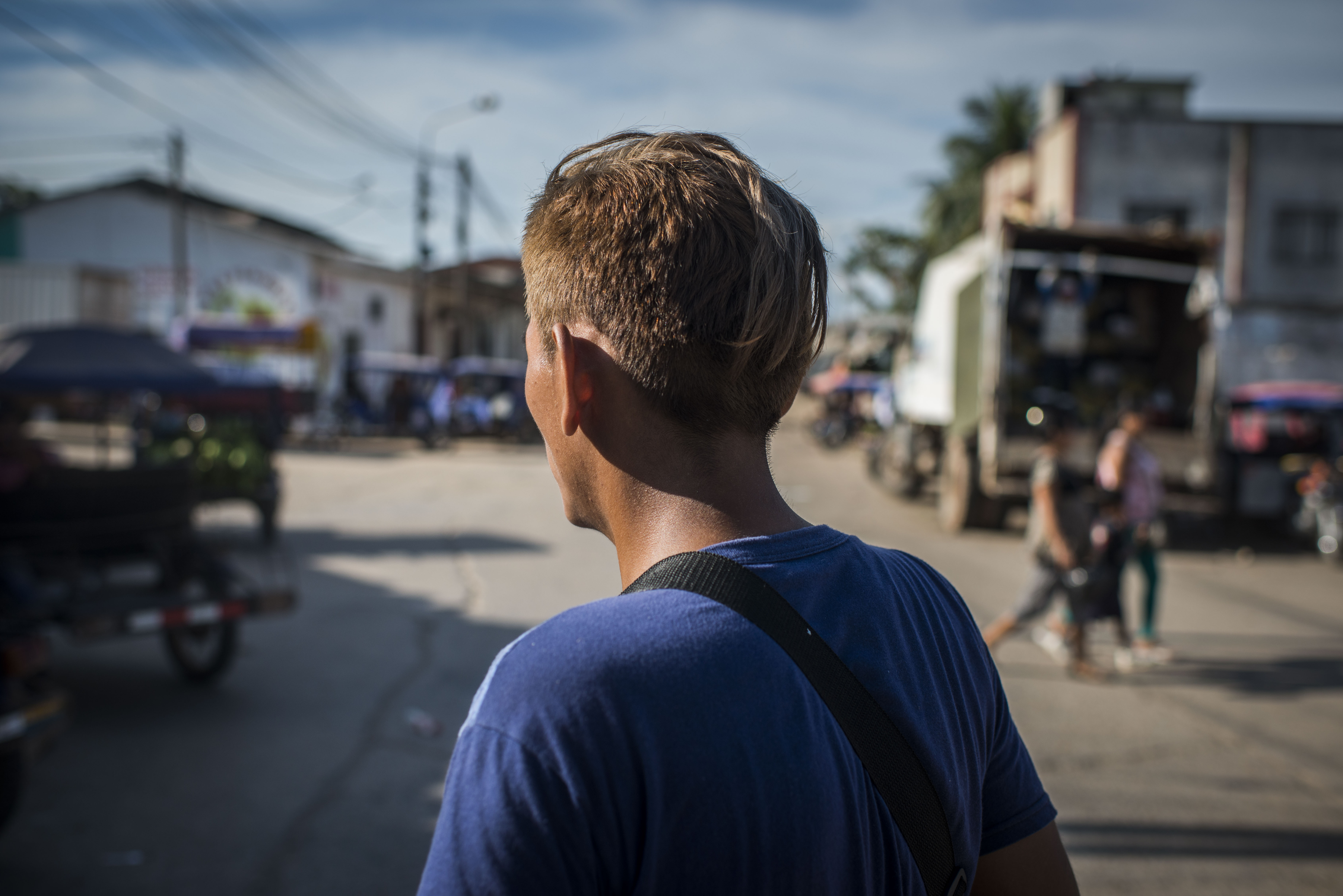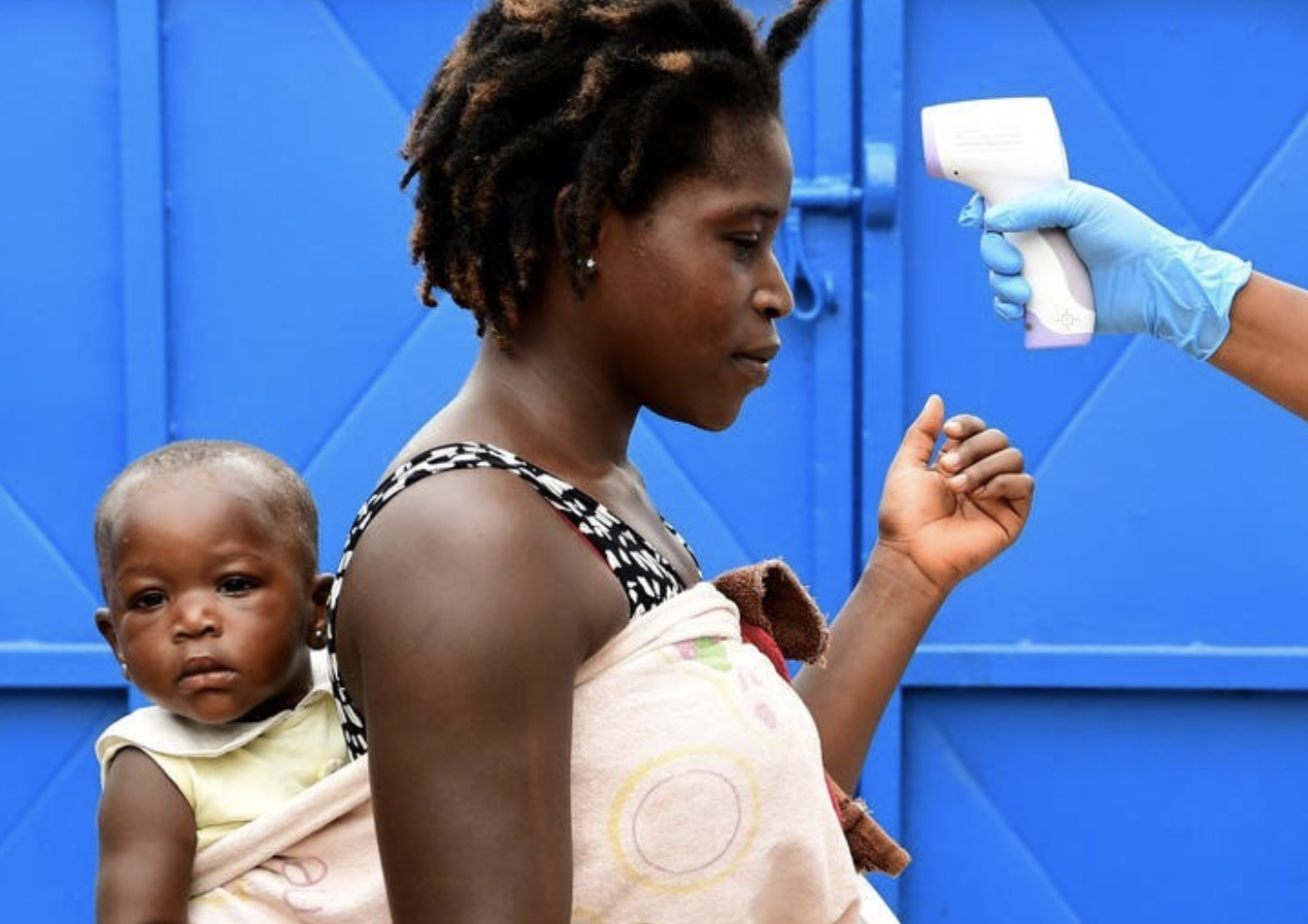Children, HIV and AIDS
How will progress be impacted by COVID-19?

Coronavirus-related service disruptions threaten to reverse the decade-long progress made for children and pregnant women in the fight against HIV
These data show that the world has been steadily closing the gap between those in need of these three services and those that are receiving them. Yet, this progress is at risk of stagnating or even reversing if women and children are unable to access essential HIV services during the COVID-19 pandemic. Reductions in access can occur if country mitigation measures result in disruptions to HIV services, if transportation disruptions complicate people’s ability to reach services, if household financial difficulties make services unaffordable, or if people chose not to seek care due to fear that they will contract the coronavirus at the health care centre.
Access the 2020 HIV Estimates for Children dashboard
4.2 million children, adolescents and pregnant women living with HIV globally require uninterrupted access to life-saving treatment, with 89 per cent living in sub-Saharan Africa – COVID-19 threatens to put them all at risk
Around 2.8 million children and adolescents aged 0–19 years and 1.3 million pregnant women living with HIV globally may experience adverse effects due to COVID-19 control measures. In addition, the 13.8 million children who have lost parents due to AIDS may disproportionately suffer.
New HIV infections among young children have decreased by half in the last decade – the secondary impacts of the COVID-19 pandemic could reverse these gains
The charts below show expected increases in new HIV infections and AIDS-related deaths among children aged 0-14 years if there were a 6-month disruption in prevention of mother-to-child transmission (PMTCT) and antiretroviral treatment (ART) services due to COVID19. These numbers are estimated to escalate depending upon the percentage of the population impacted by service disruptions. The number of new HIV infections, for example, is projected to nearly double if 100 per cent of the population loses access to treatment services, and the number of paediatric deaths will similarly soar.
COVID-19 control measures that result in reductions in access could mean fewer children and pregnant women receive life-saving treatment for HIV
In 2019, 2.1 million pregnant women and children living with HIV accessed treatment to prevent onward infection. If COVID-19 control measures were to affect 100 per cent of the population for six months, 770,000 fewer children and pregnant women would receive this life-saving treatment.
Access the 2020 HIV Estimates for Children dashboard
More on children & AIDS programming


